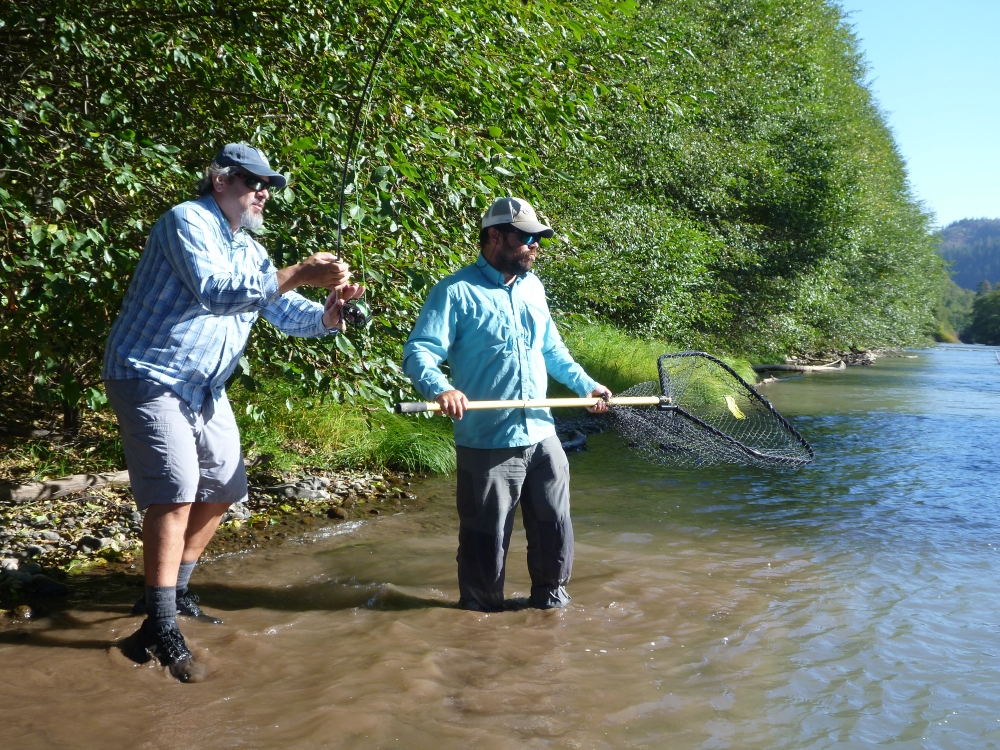We use many fly fishing techniques to get you into fish. We are all adept in every type of style of fly fishing. From spey casting to tightline nymphing. We spend enough days on the water to know what is going to be best for each given day.
If you want to work on a specific fly fishing technique make sure you let us know before the trip so we can make sure to cater the trip to exceed your satisfaction.
Dry fly fishing is, of course the favorite of all the techniques to many fly anglers. It is the flagship of the sport. Many purists will only dry fly fish no matter the season.
We dry fly fish mainly in the summer and fall months but will throw dries in the spring of course when the Skwallas and March Browns are hatching. Springtime is always unpredictable with river blow outs because of snow melt. Sometimes we miss the March Brown hatch all together.
Learn more about Dry fly fishing here.
Indicator fishing is done year-round on the Yakima River. It is a technique that can be used 365 days a year and catch fish. The saying is that 80% of fish are eating nymphs while the other 20% are eating dries or baitfish.
Nymphing is an easy and effective technique to learn and more often than not yields the most fish.
Learn more about Indicator fishing here.
Streamer/Spey fishing is not something we usually teach or do when guiding. This is because it is a much harder method to learn and can be dangerous if not wearing a helmet! Most of our clients are new and streamer fishing is not “new” user friendly.
That being said, it doesn’t mean we won’t show you how. It is just not one of the techniques we teach day to day. Let us know before the trip that you want to learn to streamer fish, and we will be happy to bring the gear for it.
This technique is best when they release the salmon smolt from the hatcheries and the bigger fish are gorging on the smolt.
Learn more about Streamer fishing here.
Tightline nymphing is an extremely effective technique that utilizes feel and sight to catch fish. We are proud to offer tightline nymphing trips.
I can honestly say that this is my strong suit of all the techniques we use as I almost always tightline when I fish and have the most experience then anyone else in the valley.
This method is effective because instead of being at a fixed position with the indicator we can use our arm to move the flies up and down to control the depth. This keeps our flies always in the feeding zone. It also takes out any late hooksets as you literally feel the fish eat the fly. One of the biggest disadvantages though, is it impossible to do in even a moderate amount of wind as your line bows out.
Check out the video made by the USA fly fishing team on tightline nymphing here.
Learn more about Tightline Nymphing here.
In all, we use every type of method to get you into fish. Make sure you let your guide know the day before the trip if there is a specific method you want to learn more about.

